Strategic planning frameworks are essential tools that help organizations set goals, allocate resources, and align their activities with long-term visions. These frameworks provide structured methods for evaluating current positions, identifying growth opportunities, and implementing action plans. By applying the right strategic planning frameworks, companies can navigate uncertainty, improve decision-making, and maintain a competitive edge in their respective industries. Whether used by startups or multinational corporations, these models form the foundation for sustainable business development.
Why Strategic Planning Frameworks Matter
Strategic planning frameworks matter because they transform abstract ideas into concrete strategies. Many businesses fail not due to lack of ambition but due to poor execution and misaligned priorities. By using strategic planning frameworks, leaders can dissect complex environments and make sense of market dynamics, internal capabilities, and customer demands. These tools offer a clear roadmap, enabling teams to set measurable objectives and adjust strategies based on performance and feedback. In a rapidly changing business landscape, strategic clarity is crucial for long-term success.
SWOT Analysis as a Strategic Tool
Among the most widely used strategic planning frameworks is the SWOT analysis, which stands for Strengths, Weaknesses, Opportunities, and Threats. This model helps organizations conduct internal and external assessments, offering a balanced view of where they stand. In the middle of planning sessions, SWOT encourages teams to identify areas where they excel, understand their limitations, capitalize on emerging opportunities, and prepare for potential risks. Its simplicity and versatility make it suitable for both high-level strategy and departmental planning.
PESTLE Analysis for Environmental Scanning
Another valuable tool within strategic planning frameworks is the PESTLE analysis, which examines Political, Economic, Social, Technological, Legal, and Environmental factors affecting a business. This model provides a macro-level perspective, helping organizations anticipate external influences and adapt accordingly. When integrated into strategic discussions, PESTLE analysis ensures that plans are aligned with current trends and future possibilities, particularly in industries vulnerable to regulatory or technological changes. Its strength lies in encouraging foresight and reducing blind spots.
The Balanced Scorecard Approach
The Balanced Scorecard is one of the most comprehensive strategic planning frameworks, offering a holistic view of organizational performance. Developed by Robert Kaplan and David Norton, this model breaks down strategy into four perspectives: Financial, Customer, Internal Processes, and Learning & Growth. It allows businesses to link long-term objectives with short-term actions, track progress across multiple areas, and align employee activities with broader company goals. This framework emphasizes balance between profitability and internal development, making it ideal for performance-driven organizations.
Porter’s Five Forces for Competitive Analysis

Porter’s Five Forces is a strategic planning framework focused on industry competition. It analyzes five critical forces: the threat of new entrants, bargaining power of suppliers, bargaining power of customers, the threat of substitute products, and industry rivalry. By evaluating these elements, companies can develop strategies to strengthen their market position, improve pricing power, and reduce vulnerabilities. Strategic planning frameworks like this one are essential for businesses looking to understand their competitive environment and make informed strategic choices.
OKR Framework for Goal Setting
The Objectives and Key Results (OKR) framework has gained popularity among tech companies and startups for its agile and outcome-driven approach. This model involves setting ambitious objectives and defining measurable key results to track progress. Strategic planning frameworks like OKRs promote transparency, accountability, and alignment across teams. Employees understand how their contributions fit into the larger picture, leading to higher engagement and productivity. The flexibility of OKRs makes them suitable for fast-paced, innovation-driven organizations seeking continuous improvement.
Hoshin Kanri for Strategic Alignment
Hoshin Kanri, also known as Policy Deployment, is a strategic planning framework originating from Japan. It ensures that the company’s strategic goals are communicated and executed at every level of the organization. The process involves setting breakthrough objectives, aligning departmental plans, and conducting regular performance reviews. Strategic planning frameworks like Hoshin Kanri help bridge the gap between strategy formulation and execution, making it easier to maintain alignment across diverse teams and functions. It’s particularly effective in large organizations with multiple layers of management.
Growth-Share Matrix for Portfolio Management
Developed by the Boston Consulting Group (BCG), the Growth-Share Matrix is a strategic planning framework used for analyzing product lines or business units. It classifies them into four categories: Stars, Cash Cows, Question Marks, and Dogs, based on market growth and market share. This helps organizations decide where to invest, where to divest, and how to manage their portfolios. When used correctly, strategic planning frameworks like this one guide companies in optimizing resource allocation and maximizing returns across different segments of the business.
